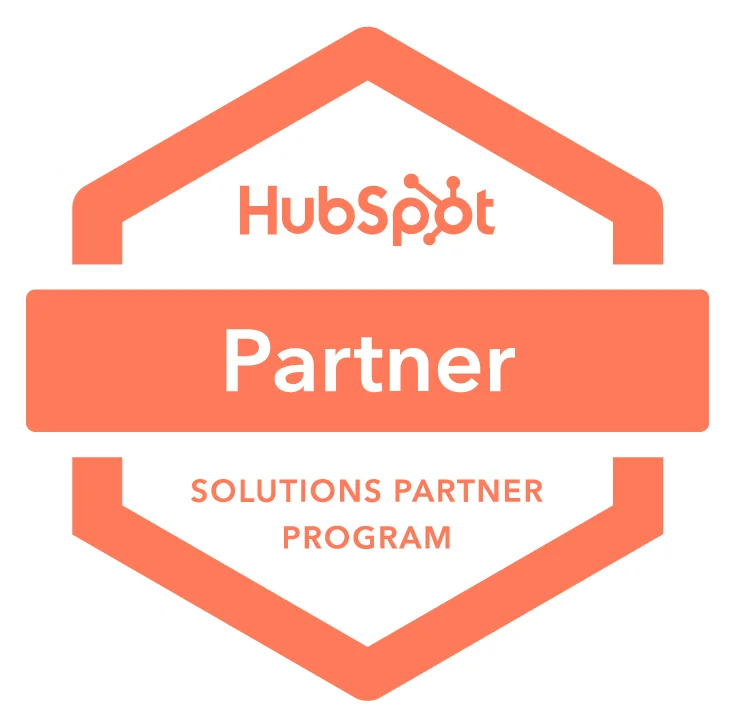Build custom solutions with No-code and Low-code
Create and automate applications quickly and affordably with no-code and low-code platforms.


Are you..
Looking for a faster, more cost-effective way to implement solutions?
Wasting time on manual processes that could be automated?
Struggling to build custom applications without a development team?
Searching for a way to scale your business without increasing complexity?
Finding it difficult to update or maintain your current software?
If the answer is “Yes” to any of the above, you are in the right place.
What is no-code/low-code consulting?
No-code/low-code consulting helps businesses build and automate processes without the need for extensive coding knowledge, using intuitive platforms to create applications and workflows faster and more cost-effectively.
Here’s what it typically includes:
- Identifying business needs and automation opportunities
- Choosing the right no-code/low-code tools and platforms
- Designing and building custom solutions
- Training teams to manage and optimize workflows

Track product stock levels as orders are placed.

Automatically update inventory records with stock changes.

Automate reorder requests to suppliers when stock is low.
How can no-code/low-code consulting help you?

Save time and reduce costs
Thanks to a standardized and automated onboarding process, training is successful every time.

Increase flexibility
Thanks to a standardized and automated onboarding process, training is successful every time.

Empower your team
Thanks to a standardized and automated onboarding process, training is successful every time.

Boost efficiency
Thanks to a standardized and automated onboarding process, training is successful every time.

Enhance scalability
Thanks to a standardized and automated onboarding process, training is successful every time.

Simplify maintenance
Thanks to a standardized and automated onboarding process, training is successful every time.
Makeitfuture expertise
Backed by industry-recognized certifications and performance metrics



.avif)



Clients
Automations
Years of experience
No-code / low-code use-cases to build faster
Develop apps, automate processes, and deploy solutions quickly with these examples.
FAQs about No-code/low-code consulting
No-code and low-code platforms allow users to create applications and automate processes using visual interfaces and pre-built components, requiring little to no programming knowledge.
By simplifying application development and process automation, no-code/low-code solutions enable faster innovation, reduce costs, and increase operational efficiency.
Yes, no-code/low-code consulting is ideal for small businesses that need flexible, cost-effective solutions without extensive technical resources.
Yes, many no-code/low-code platforms can integrate with popular third-party applications and systems to streamline your workflows.













